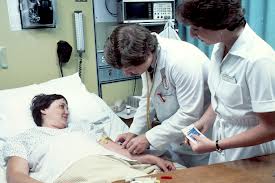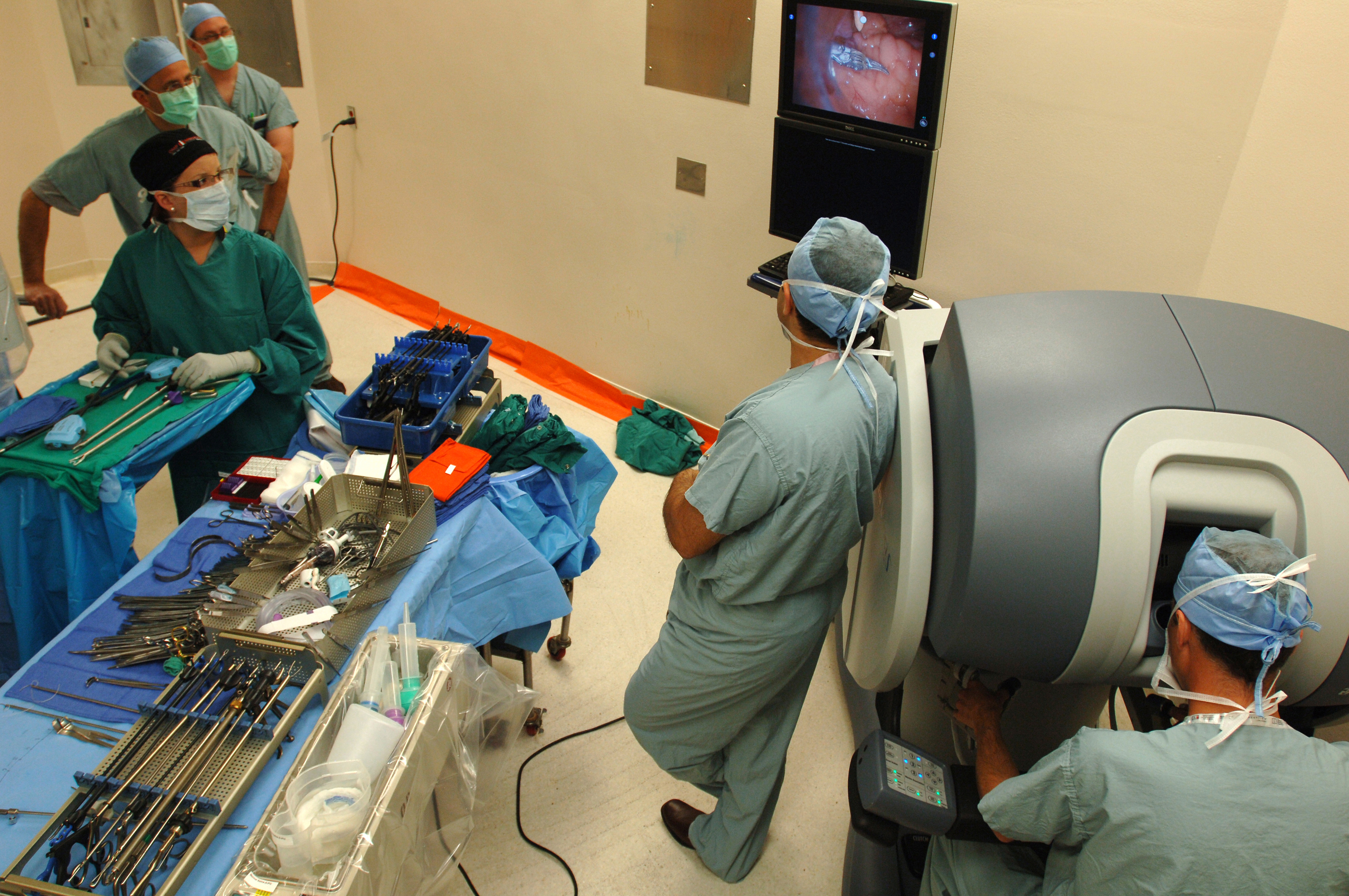Are Manhattan Acute Care Hospitals safe?
Only one Manhattan acute care hospital obtained a Top A grade in the Spring 2018 Leapfrog Hospital Safety Grades: the NYC Health Hospitals – Metropolitan in East Harlem.
Most of the others, NYU Langone Medical Center, NYC Health + Hospitals / Bellevue, Mount Sinai West, New York-Presbyterian , Northwell Health System – Lenox Hill Hospital, The Mount Sinai Hospital, NYC Health + Hospitals – Harlem and Mount Sinai St. Luke’s all obtained a C. Mount Sinai Beth Israel had the worst Manhattan score with a D on a scale of A for the best to F for the worst.
The Leapfrog Hospital Safety Grades is a nationwide bi-annual rating that focuses on acute care hospital errors, accidents, injuries and infections that collectively are the third leading cause of death in the United States. Based on the data provided by the report here is what we found for Manhattan hospitals.
 New York Personal Injury Attorneys Blog
New York Personal Injury Attorneys Blog










